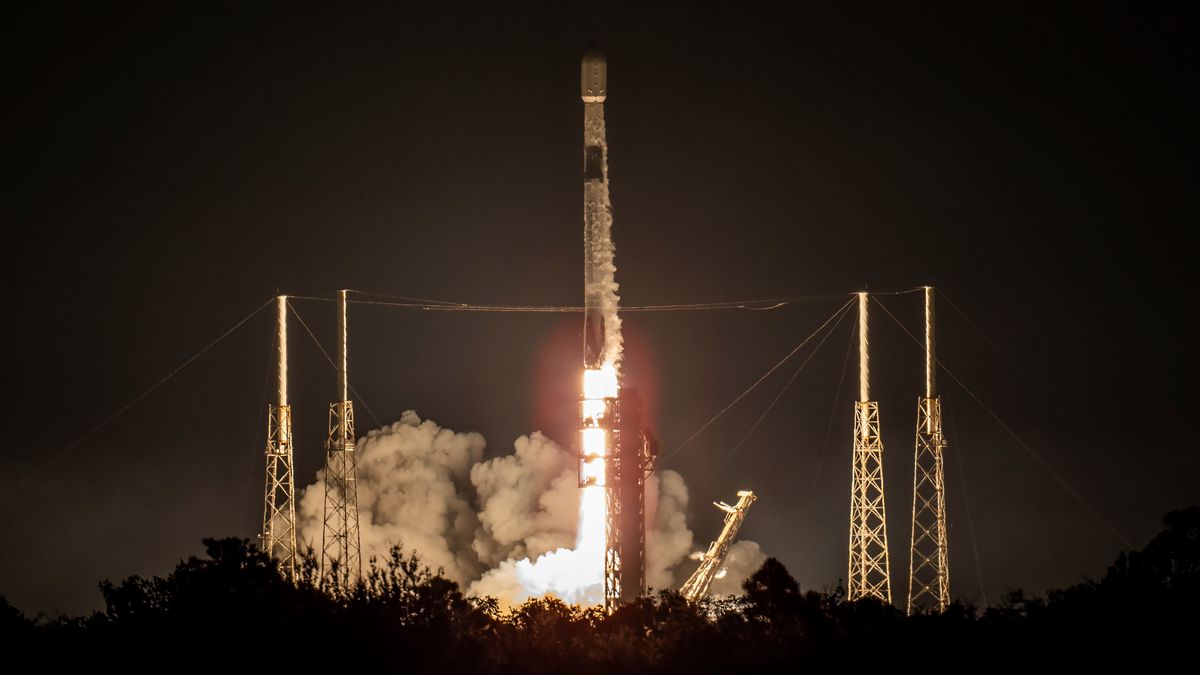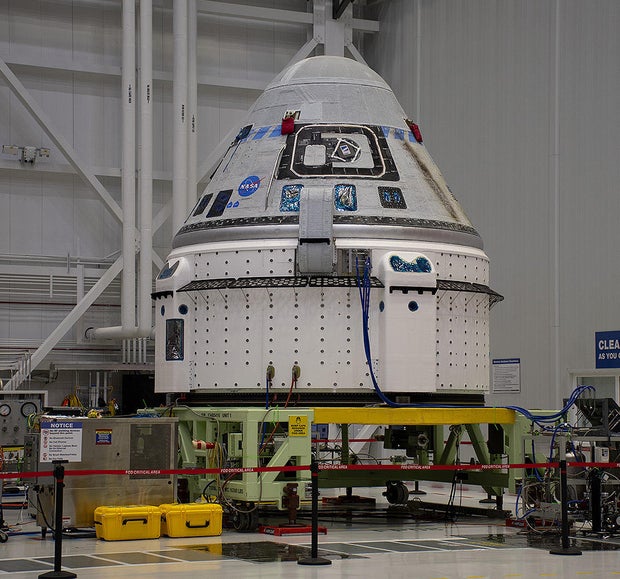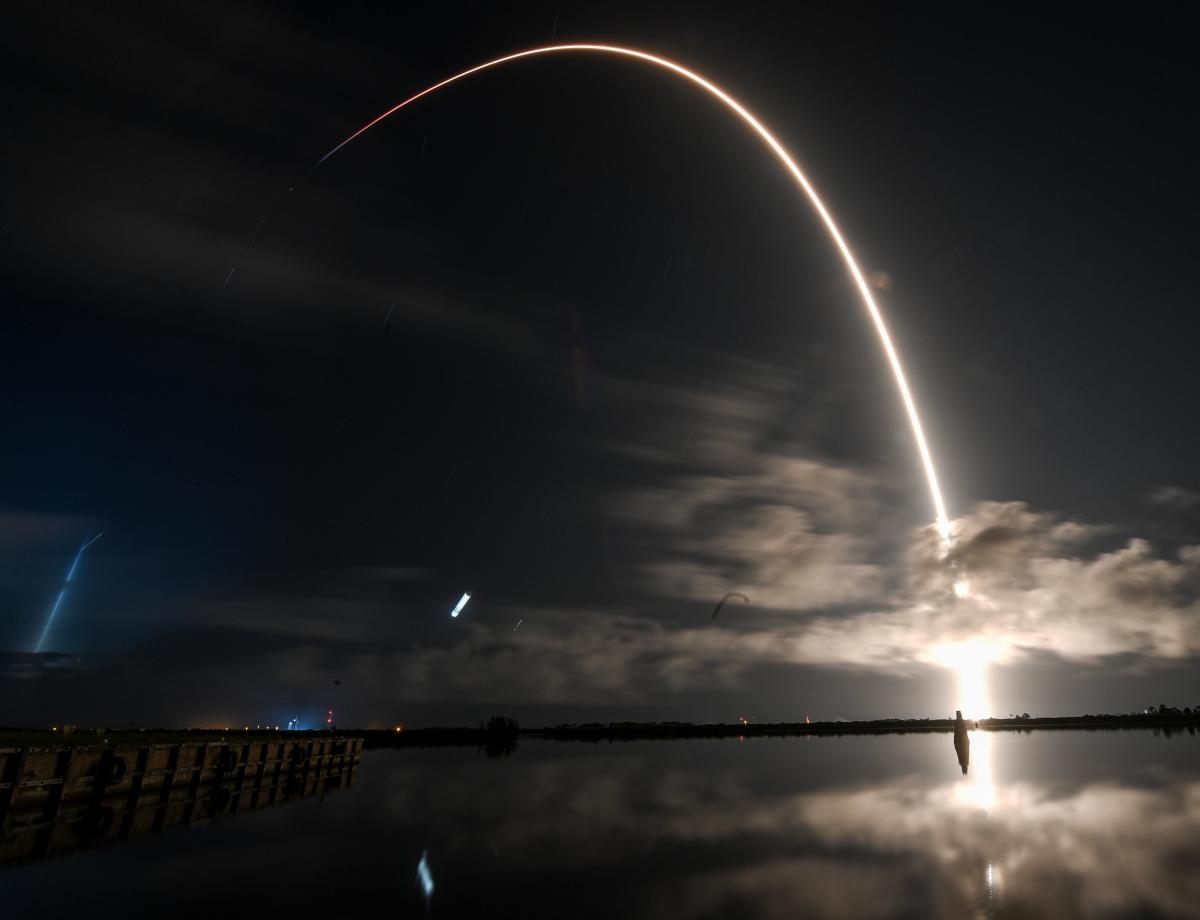
SpaceX, the aerospace manufacturer and satellite company founded by Elon Musk, successfully launched two batches of Starlink satellites on July 28, 2024. The first launch occurred at 1:09 a.m. EDT from Cape Canaveral Space Force Station in Florida, followed by the second launch at 5:22 a.m. EDT from Vandenberg Space Force Base in California.
The Falcon 9 rockets used for both launches were successful, with their first stages landing on ships at sea as planned. The first stage of the Falcon 9 rocket from the Florida launch was the 14th mission for this booster and the 300th reflight of a SpaceX booster overall.
The July 28 launches marked SpaceX's return to flight after a two-week hiatus following an in-flight failure on July 11. The cause of the anomaly was traced to a crack in the sense line for a pressure sensor attached to the vehicle's oxygen system, but despite this leak, the second stage engine continued to operate through its first burn and completed its engine shutdown.
The first launch from Florida put 23 Starlink satellites into orbit, while the second launch from California carried 21 Starlink satellites. The success of these launches is significant for SpaceX as it continues to expand its satellite broadband network, providing internet coverage to more areas around the world.
The FAA determined that no public safety issues were involved in the July 11 mishap and approved SpaceX's return to flight. The company plans to remove the tube and related pressure sensor from the rocket's upper stage engine for near-term launches, relying on alternative sensors instead.
SpaceX is also preparing for upcoming missions, including a Northrop Grumman Cygnus supply ship launch and a SpaceX Crew Dragon flight to the International Space Station later this month. The second stage of the Falcon 9 rocket used in the third launch will undergo a hot fire test around July 30 to verify corrective actions following the July 11 anomaly.




